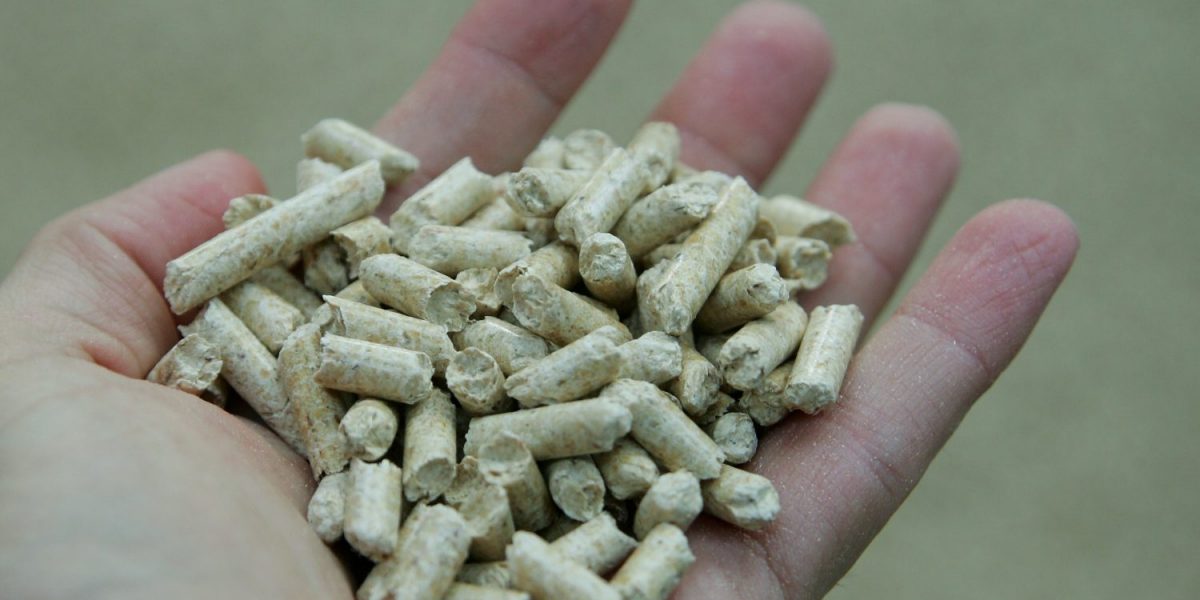Last year, CNN highlighted how Drax, once the biggest carbon polluter in Europe, had significantly decarbonized its power production by embracing low-carbon, renewable, sustainable wood bioenergy.
Drax “used to spew out millions of tons of carbon dioxide a year by burning coal. But over the past eight years, it has overhauled its operations by converting four of its six coal-fired units to biomass.” Drax now generates 12 percent of the country’s renewable power.
In 2019, just four percent of Drax Power Station’s power came from coal. As of spring next year, that number will be zero.
That’s right. The UK’s once largest polluter will go coal-free, an achievement made possible by wood bioenergy.
Bioenergy Insight explains that “Drax will stop using coal in 2021, ahead of the UK’s 2025 deadline. After almost 50 years of coal-fired electricity generation, Drax Power Station has committed to ending the use of coal in March 2021, marking a major milestone in the company’s ambition to become carbon-negative by 2030.”
Drax will achieve this breakthrough development by switching to sustainable biomass, which reduces net carbon emissions by over 80 percent compared to coal. As Drax’s CEO Will Gardiner noted, “By using sustainable biomass, we have not only continued generating the secure power that millions of homes and businesses rely on, we have also played a significant role in enabling the UK’s power system to decarbonise faster than any other in the world.”
Drax’s effort proves that decarbonization of existing power generation is possible at scale, and it is why leading scientists and international bodies like the United Nations IPCC have embraced wood bioenergy as one such tool to achieve this goal.

